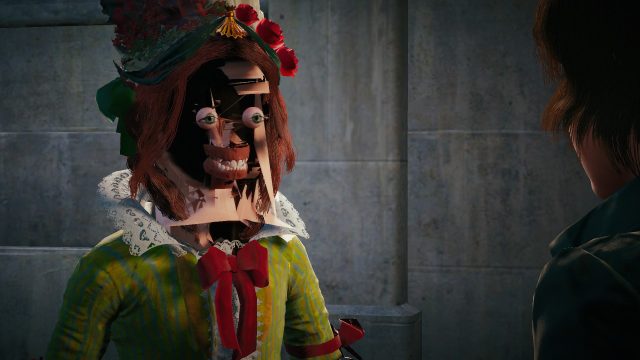Phoronix: GNOME's Window Rendering Culling Was Broken Leading To Wasted Performance
It turns out for the GNOME 3.34 and 3.36 series, Mutter's window rendering culling code was broken and that led to extra rendering of windows not even visible... A fix is in the works and can lead to the performance doubling or more...
It turns out for the GNOME 3.34 and 3.36 series, Mutter's window rendering culling code was broken and that led to extra rendering of windows not even visible... A fix is in the works and can lead to the performance doubling or more...


Comment